Legendary author and illustrator Gavin Bishop interviews legendary author and illustrator David Elliot about his masterwork, Snark.
Thimbles, care, forks, hope and a great deal of courage is needed to hunt a snark. The hunter may also ‘threaten its life with a railway share’ or ‘charm it with smiles and soap’.
David Elliot, in his book Snark: Being a True History of the Expedition that Discovered the Snark and the Jabberwock …and its Tragic Aftermath, not only takes us on a thrilling snark-hunting adventure, but challenges and engages us with a story and pictures that demand our full attention. In a time, especially in New Zealand, when many books for the young provide so little in the way of challenging substance, it is a thrill to handle, read and pore over a publication such as Snark.
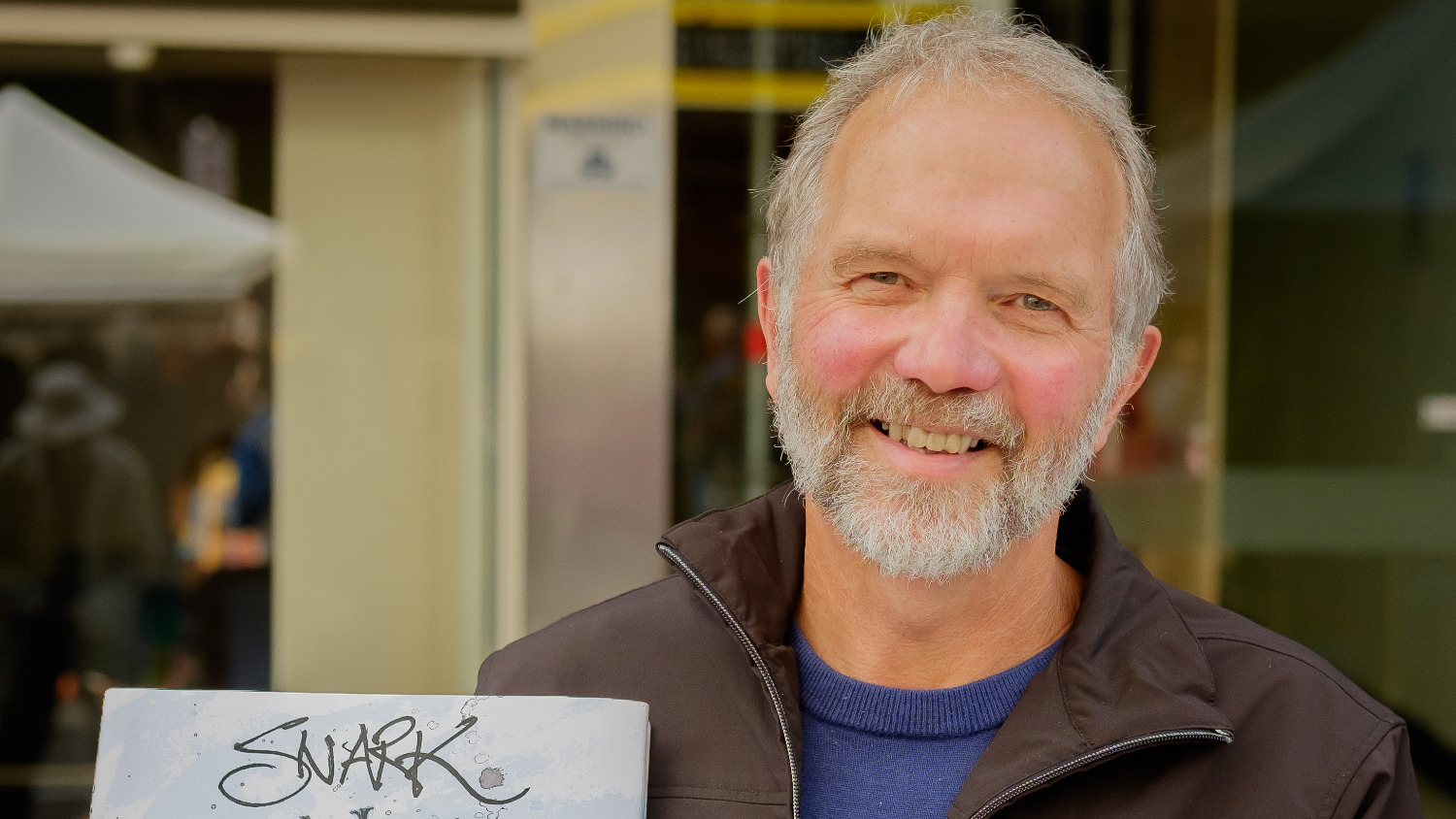
Gavin Bishop: This is a book that takes the reader to places they have never dreamed of; places they will never forget. It is an epic tale filled with mystery, excitement and loony adventure.
David, Your email address (‘snarkart’ is the first part of it) points to a preoccupation you have had for some time with the ‘Hunting of the Snark’ and ‘The Jabberwocky’ by Lewis Carroll. And it seems now, that after many years and a hell of a lot of hard graft, you found a way of including these poems into a work of your own.
When and where did your interest in the Snark begin?
David Elliot: Well, up until very recently I would have said my interest in ‘The Hunting of the Snark’ first started in 1998 when my wonderful wife set me free from teaching and I chose the poem for my first foray into full-time illustration (hence the email address, which I named at the time). However, I recently gutted my studio in order to insulate it properly and came across a box of old jotters from my secondary school days … and there, to my astonishment, I found a short story I had written as a 14-year-old with the catchy title of ‘I Saw It All’, in which I go hunting Snarks in the local Mill Creek. Where this came from I have no idea, but I notice there are a few John Lennon quotes and Goonish phrases scattered about in the margins of same book, so maybe I was attracted then, as now, to its wonderful combination of fantasy, humour and extraordinarily dark, almost surreal, characters. However it got there, it has obviously lurked in the back of my imagination for a very long time.
The poem has reared its head on a number of occasions since then. I roughed what now appears was my second attempt in 1998 into a dummy and had Random House interested, on the proviso that they could find an offshore co-publisher. Unfortunately that never happened and it disappeared under a pile of other projects. In 2006, I had another more successful attempt in a limited edition with Otakou Press down here in Dunedin, then strangely my work from that Snarkopack was included in an Estonian version, Snargijaht in 2010 (I suspect the publishers found my drawings online and mistook them for genuine, out-of-copyright 19th century etchings).
Which makes this 2016 version my fourth (and last!).
G: Carroll doesn’t tell us very much about the Snark. It seems to be a manifestation of the unknown with the Boojum being something even worse. Would you agree?
D: Yes, I would agree. And of course the unknown in 1876 was a very different unknown to the one we have now, or at least was influenced by different factors. It was the beginning of the great zoos and museums. Victorian Britain sent explorers out to the far-flung outposts of the Empire, collecting strange creatures and plants, inspiring a succession of new natural history fads across the country. The gorilla, the hippopotamus, the extraordinary platypus – so strange, it was considered a hoax. Why not, then, a slithy Tove or a frumious Bandersnatch … or indeed the Snark?
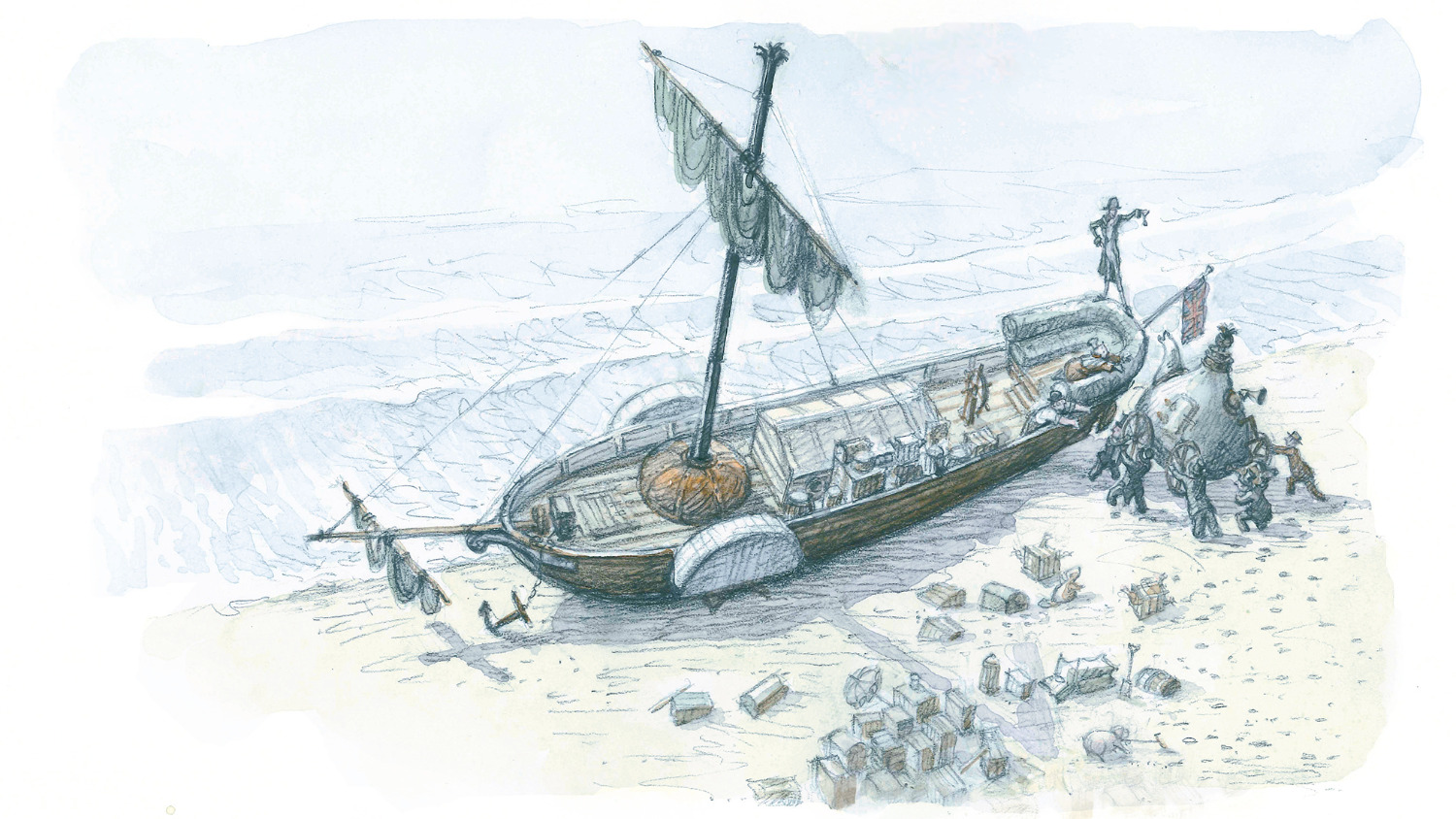
There was also the more far disturbing evidence of ancient giant animals (eventually called ‘terrible lizards’/dinosaurs) being unearthed in Britain as well. Evidence that the world was far older than the 6,000 years calculated from scripture – something that could have seriously undermined the beliefs of a clergyman like Lewis Carroll. There is certainly something ominous and unfathomable about the Baker softly and suddenly vanishing away in the midst of his laughter and glee.
G: The concept of snails being Snarks appears to have been your idea. Can you tell us more about this?
D: The idea of a Snark being a sort of snail really comes from one of Lewis Carroll’s letters. He was very fond of portmanteau words – i.e. words made up from the combination of two others – and wrote to one of his admirers that he supposed that ‘Snark’ might be a combination of ‘Snail’ and ‘Shark’. Exploring the frustrations and tensions of combining two such diverse creatures is really at the heart of my book.
Throughout the drawings, however I have been careful to never show what animal lives inside those encrusted shells. I think it is far more potent to leave that up to the imagination of the reader…
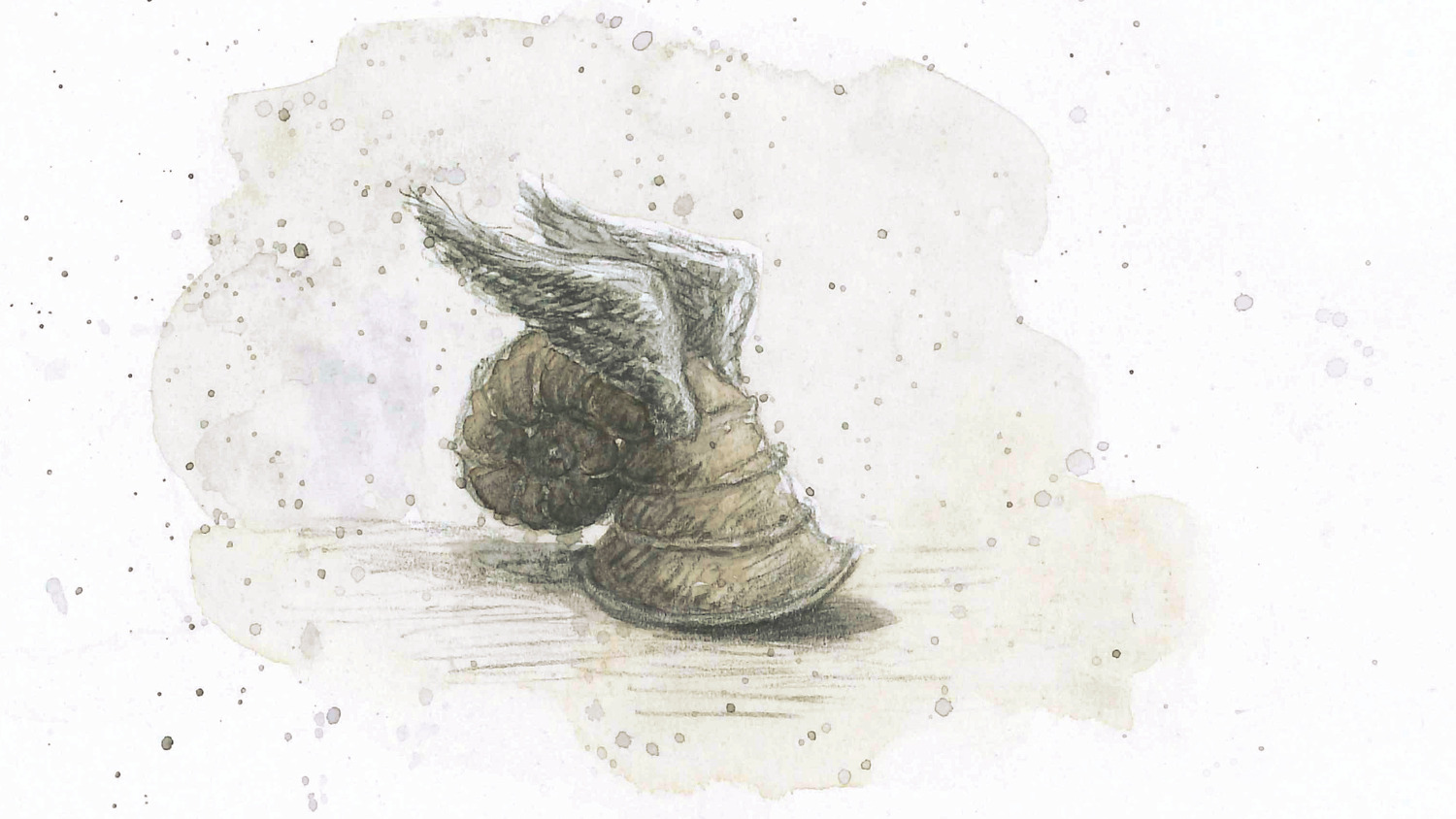
G: I would like to know how you pulled this very visually complex book together. The layout of the illustrations, the use of photography, the distribution of white pages – did you sort these things out in a massive dummy or did you allow it to grow as you wrote your part of the adventure?
D: The book had a very convoluted evolution and that is probably reflected in the variety of ways in which the story ended up being presented. It began as a natural history of the island. I read somewhere that Carroll once said that his two famous poems were set in the same place, and I was surprised that no one (to my knowledge) had ever really explored the possibility that here was another potential Wonderland. Given there was a gap of 21 years between the inception of ‘Jabberwocky’ and the eventual publication of ‘The Hunting of the Snark’, I was sure the island and its inhabitants must have taken on a very concrete form in the poet’s imagination over the years. We only get tantalising glimpses of this in his writing of course, but that just gave me more room to work on my own suppositions based on the things that might have influenced Carroll’s vision. I sent this in as a proposal to Creative NZ and am very grateful that they saw the project’s potential.
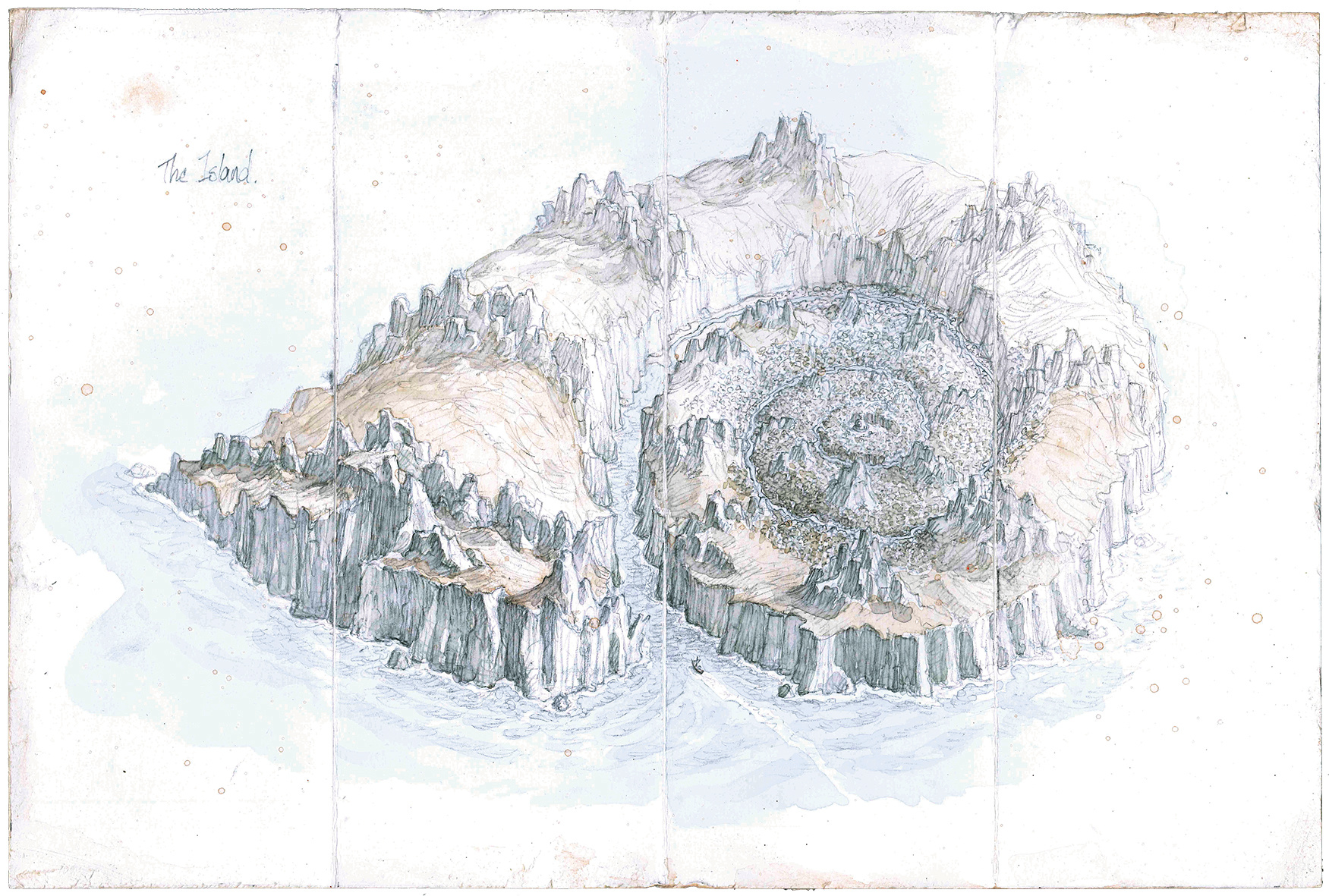
After a few months work, however, the whereabouts of the island and the notion of the voyage itself began to intrigue me so much that I decided to use my grant to travel to Britain and follow the route I imagined such an expedition might take. This involved exploring Oxford, the rail route to Bristol, then down the coast of the Bristol Channel searching for a suitable beach from which the expedition might depart – and at each step the whole venture appeared somehow richer and more real. I also talked to a publisher in Oxford who advised me to make the idea more of a story and he then put me onto a local historian who thought it also might make an interesting exhibition.
By the time I arrived back in New Zealand the whole project had begun to take on epic proportions. I even spent some days at Weta Workshop (courtesy of my good friend Martin Baynton) exploring the 3D possibilities of the whole thing. In the end, however, reality set in – with the looming deadline to complete a report to Creative NZ and the need to come up with a cohesive package in the form of a rough illustrated manuscript/dummy that could be presented to a publisher.
When I look at the finished book now I can see the remnants of all those developments and changes in direction. The natural history is still present in the Boots’ aspirations and several of his studies and maps; the exhibition survives in the faux artefacts of the journal the hat, the hatbox and the notes section …. and it is certainly much more of a story than I had originally envisaged.
I’m very grateful to both my wife Gillian and my editor Rachel Scott for insisting that I clarify my hazy notions into some sort of logic. In response to that, I started thinking of the whole thing as a string of independent episodes, each with their own drawings, and that, plus the decision to shift the originally interspersed annotations to the back notes section, is really what decided the eventual form of the published book.
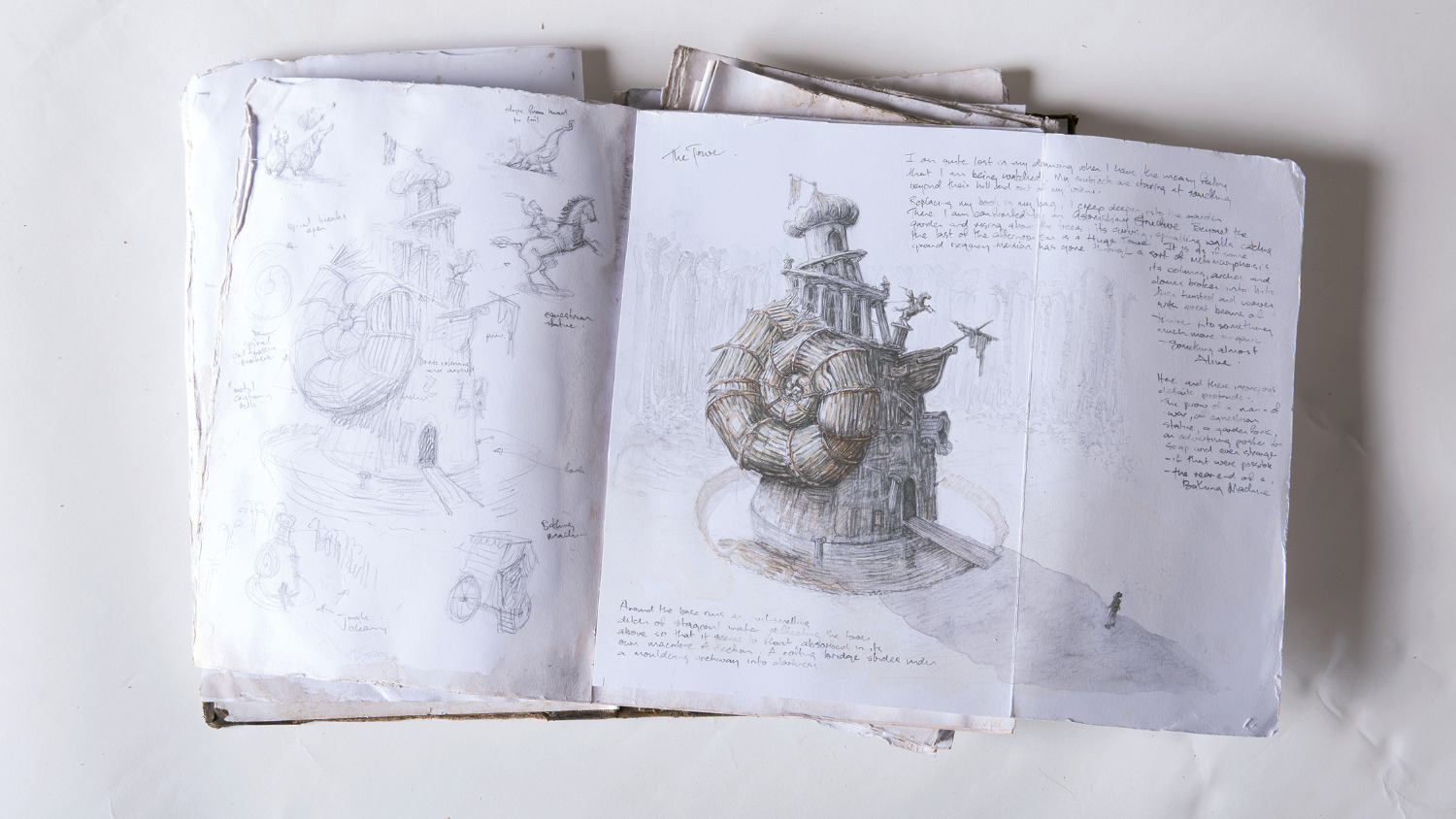
I am also of course very lucky to have found a publisher who was prepared to entertain all these ideas in such a large format, and a designer (Fiona Moffat) willing to go to such lengths, with much patience, through many printouts, to get the best result we could.
G: There is a very nice ‘free-wheeling’ feel to the illustrations in this book. The drawings suggest they have been done quickly into a journal or onto odd pieces of paper. The colour is quiet. Did you begin the pictures for this book with this approach in mind or was it a style that snuck on you, snark–like?
D: As part of the fiction of the found journal, I wanted the drawings to have an authentic 19th century sketchbook feel. I did a fair bit of research looking at old journals in the Hocken Library down here in Dunedin, trying a few different approaches before I settled on pencil and watercolour.
My problem was that I tend to get quite tight in my drawing style when I get carried away, plus there are always problems with accuracy and character continuity if I just belted things off the way I presume the Boots would have.
In the end, I cheated and created very light master drawings which I then photocopied and worked up with a big brush and a fast scribbling pencil. The strange thing was that, freed from the worry of having to start at the beginning again if it went wrong, nearly all of the illustrations worked out first time. This freedom also helped when I splattered and smudged some and even took to them with sandpaper to age and stress them in line with the narrative. The originals are also all very small, the size that would fit in a journal but are then enlarged, sometimes up to 140% for the big spreads of the book. This goes counter to normal practice but I like the suggestive vagueness and gesture of the result. The limited palette of umbers, blues and greys was also chosen to suggest faded pigments with the darkened pencil hopefully adding a bit of gravitas.
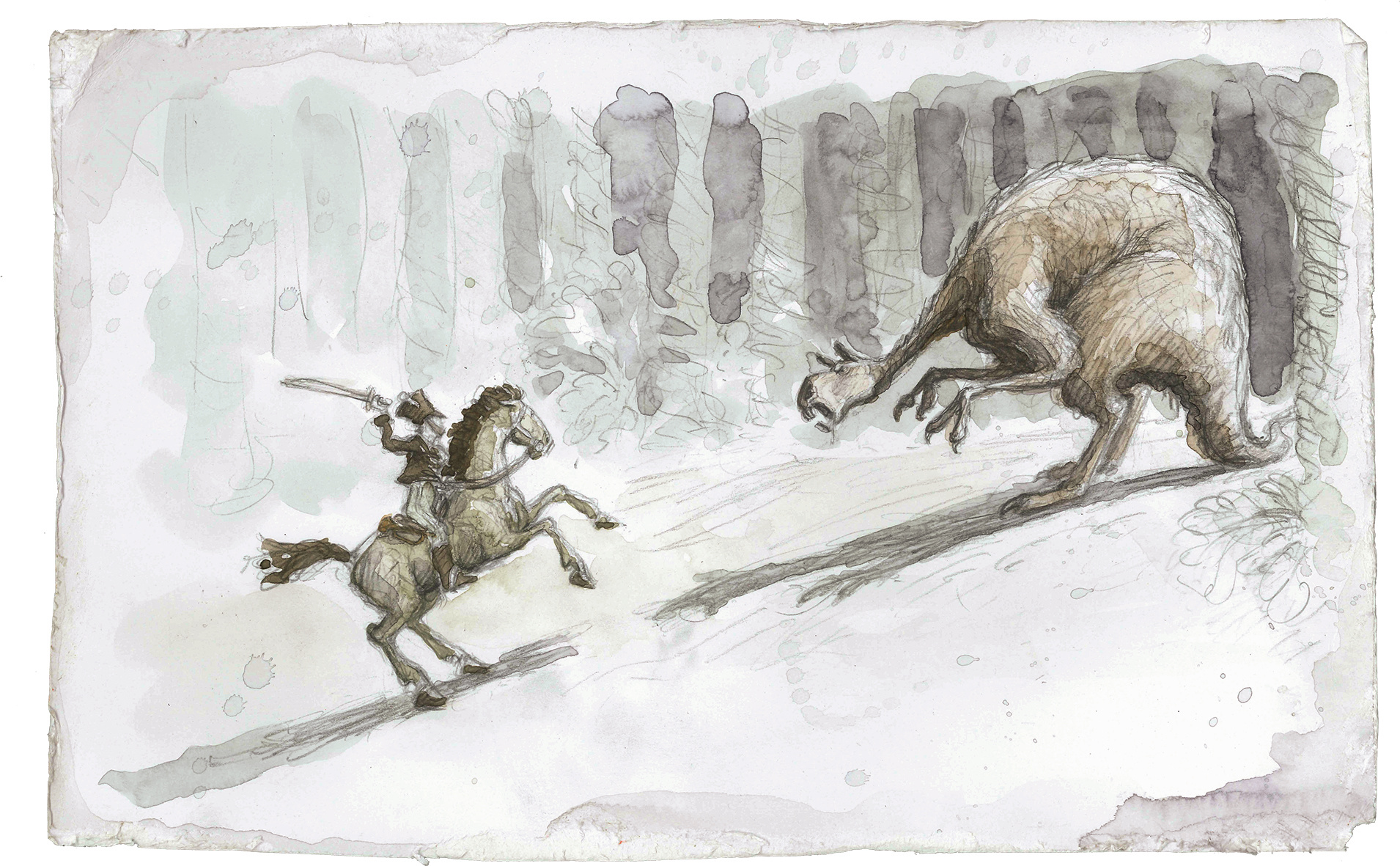
G: You obviously did not use a computer to produce these drawings?
D: No, I’m afraid I’m a bit of a traditionalist in that respect, although we did darken the scans quite a bit in some cases. It is quite difficult to achieve the kind of density I wanted, especially in the later drawings, without layering up the watercolour and spoiling the spontaneous effect.
G: I would like to discuss the use of photography a little more. It adds another dimension to the illustrations. Not only are the pictures storytelling devices, but in places they are turned into artefacts or found objects. There are other places in the book where this happens too such as when the Boots draws on the back of railway-shares. Do you have anything to tell us about this?
D: The 3D artefacts exist thanks to the idea for a possible exhibition which I mentioned earlier. The idea of the artefacts, and continuing to create or forge the story of the voyage through them, still really appeals and I’m hoping to be able to put together an exhibition towards the end of the year; perhaps something leaning more towards a cabinet of curiosities than a straightforward illustration show. There is something about the imaginative gap that is created between enigmatic objects and drawings I find very attractive.
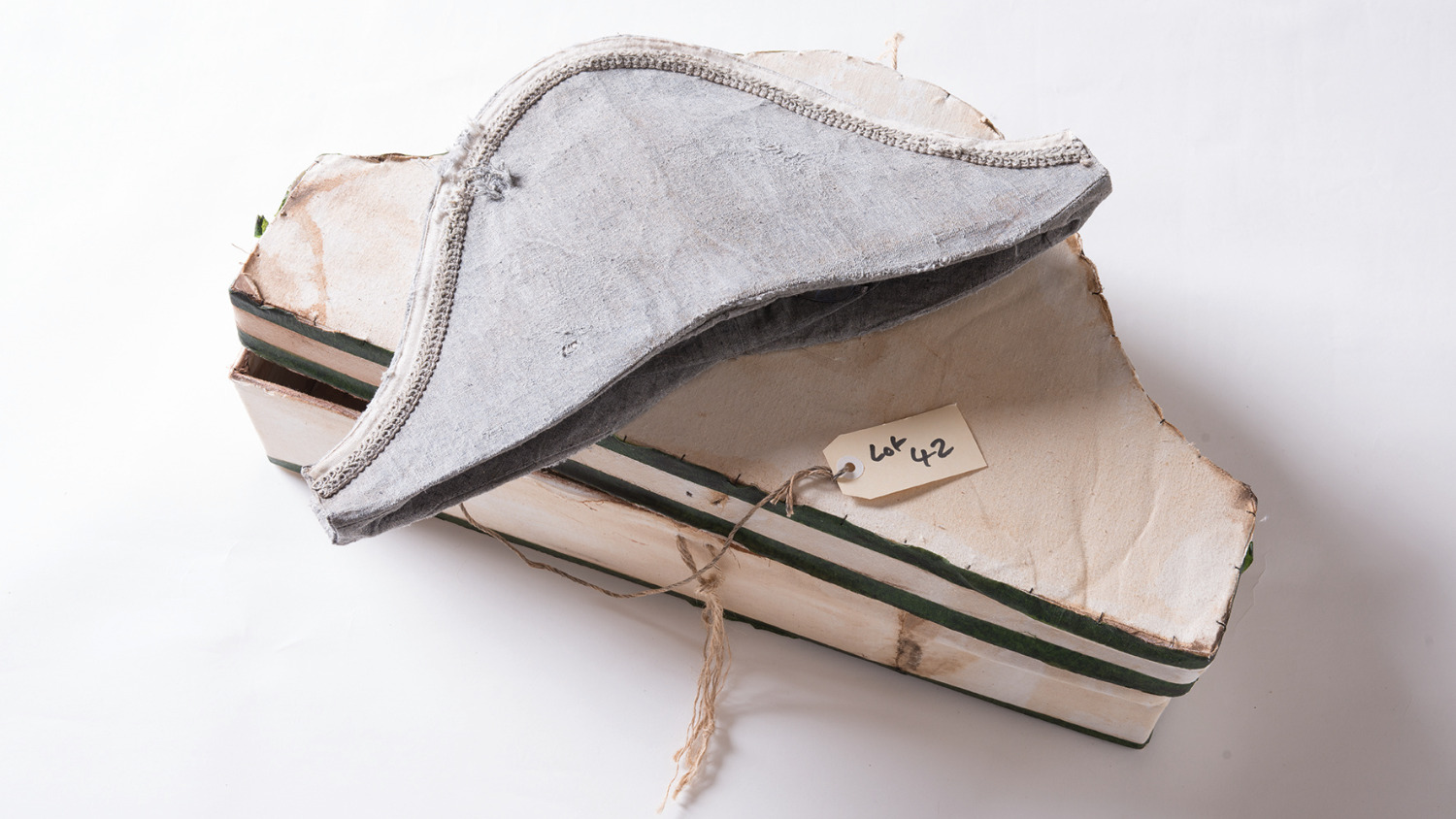
The Last Word from David Elliot
Since much of this interview is about how this book came about, perhaps it is worthwhile remembering the reality of publishing for most authors and illustrators here in New Zealand. The fact is that many of us rely on our partners not only for encouragement, understanding and, in the case of my wife, substantial practical support, but also for the provision of an adequate income. Notwithstanding the very welcome grant from Creative NZ, without the far greater continual and unstinting contribution of Gillian over four long years, Snark would simply not exist.

Gavin Bishop
Gavin Bishop is a highly acclaimed children’s book author and illustrator of more than 60 books, whose work ranges from original stories to retellings of Māori myths, European fairy stories, and nursery rhymes.
His career has included being awarded the Prime Minister's Award for Literary Achievement - Non-fiction in 2019; his Te Waka Toi Nga Tohu a Ta Kingi Ihaka/Sir Kingi Ihaka Award in 2018 recognising lifetime contribution to strengthening Māori art and culture through his children’s books; and many more. Gavin was made an Officer of the New Zealand Order of Merit in 2013, and has been President of Honour of the NZ Society of Authors.
In 2018, his book Aotearoa: The New Zealand Story won the supreme Margaret Mahy Book of the Year Award and the Elsie Locke Award for Non-fiction at the New Zealand Book Awards for Children and Young Adults. Wildlife of Aotearoawas released in 2019.



